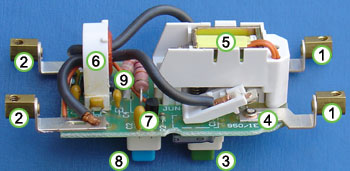I am not an electrician and wondered if anyone can explain why voltage drop is an issue in the following case:-
A 50mm sq two core cable (earth rods at each end), 500m long from the remote meter box to my Farm supplying 230Vac single phase.
If all my equiptment will work fine at 220Vac (and considering the supply has a +/- voltage tolerance that could realistically go down to that), then what is the real issue and why could it be a problem?
A 50mm sq two core cable (earth rods at each end), 500m long from the remote meter box to my Farm supplying 230Vac single phase.
If all my equiptment will work fine at 220Vac (and considering the supply has a +/- voltage tolerance that could realistically go down to that), then what is the real issue and why could it be a problem?




